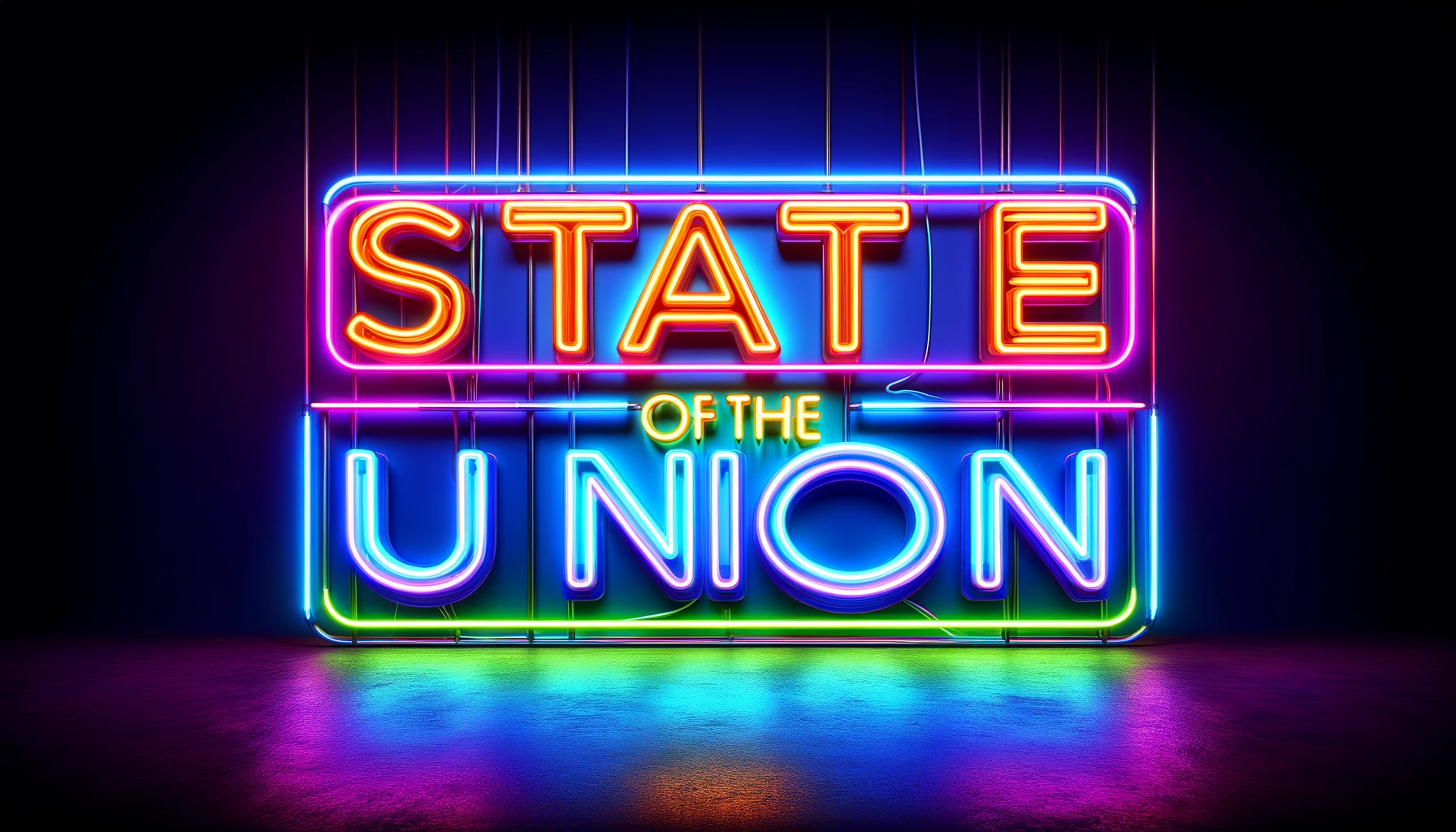When President Biden gave his State of the Union address, it was clear he had his eyes on the upcoming presidential election, where he might face former President Donald Trump again. Unlike a typical speech filled with lots of policy talk, Biden decided to focus more on politics, sometimes raising his voice to get his point across and energize his Democratic supporters.
Key Points from the Speech:
- Taking a Stand Against Trump:
- President Biden didn’t hold back when it came to talking about Trump, although he never mentioned him by name. He criticized Trump’s policies and actions, especially his approach to foreign affairs and how he handled domestic issues like the Capitol riot on January 6, 2021. Biden’s speech served as a preview of his strategy against Trump in the upcoming election, emphasizing issues important to Democrats like abortion rights, gun control, and making wealthy people pay more taxes. He also tried to appeal to independent and suburban voters by discussing border security and crime.
- Focus on Reproductive Rights:
- One of the major topics Biden addressed was reproductive rights, especially after the Supreme Court overturned Roe v. Wade, a decision that protected abortion rights. He blamed Trump for this and warned that Republicans were trying to impose a national abortion ban. Biden highlighted how states with Republican leadership have restricted access to reproductive health services and promised to work towards restoring Roe v. Wade as the law.
- Economic Policies:
- Biden took this opportunity to argue that the economy has improved under his leadership, comparing it to the state of affairs under Trump. He mentioned how his administration passed significant bills aimed at improving healthcare, addressing climate change, and investing in infrastructure, despite not getting support from Republicans. Biden also talked about lowering the cost of prescription drugs and emphasized making the tax system fairer.
- Border Security and Immigration:
- Biden knew he had to address concerns about border security and immigration, especially with Republicans criticizing his policies. He mentioned efforts to pass a bipartisan border security bill, which didn’t make it through due to opposition. Biden blamed Trump for influencing Republicans to block the bill, portraying it as a political move rather than one based on policy.
- Addressing the Middle East Policy:
- The president also touched on his Middle East policy, particularly the situation in Gaza. He acknowledged the challenges and the differing opinions within his own party regarding his approach to Israel. Despite the criticism, Biden emphasized the need for a two-state solution and his administration’s efforts to deliver humanitarian aid to civilians in Gaza.
This article is based on the following article:
https://www.npr.org/2024/03/08/1236782758/state-of-the-union-address-biden-trump

Background Information
Understanding these concepts helps the reader grasp why President Biden’s speech addressed certain topics and how these topics are relevant to the upcoming election. It also provides insight into the dynamics of U.S. politics and the significant impact presidential policies and Supreme Court decisions can have on Americans’ lives.
The State of the Union Address
- What It Is: The State of the Union address is a speech given by the President of the United States to a joint session of Congress (the House of Representatives and the Senate) usually once a year. It’s a chance for the president to report on the condition of the nation, outline the administration’s goals for the upcoming year, and propose specific legislative agendas.
The Role of the President
- Duties and Powers: The President of the United States is the head of state and head of government. The president’s duties include executing and enforcing federal laws, acting as the commander-in-chief of the armed forces, conducting diplomacy with other nations, and appointing federal officials (including judges to the Supreme Court) with Senate approval.
- Election Process: Presidents are elected every four years and can serve a maximum of two terms. The election involves a complex process called the Electoral College, which ultimately decides the winner based on electoral votes from each state.
The Supreme Court and Roe v. Wade
- Supreme Court: The Supreme Court is the highest court in the United States. It has the final say on interpreting the Constitution, which includes making decisions that can affect the entire nation.
- Roe v. Wade: This was a landmark decision made by the Supreme Court in 1973 that legalized abortion nationwide, stating that the decision to have an abortion falls within a woman’s right to privacy protected by the 14th Amendment. In 2022, the Supreme Court overturned Roe v. Wade, which allowed states to set their own abortion laws.
U.S. Electoral Politics
- Political Parties: The United States primarily operates within a two-party system, with the Democratic Party and the Republican Party being the major players. Political issues often become polarized between these two parties.
- Election Issues: Key issues like healthcare, the economy, reproductive rights, gun control, tax policies, and immigration often dominate U.S. elections. These issues can influence voter turnout and sway undecided voters.
Understanding the 2024 Presidential Race Context
- Incumbent vs. Predecessor: An incumbent is the current officeholder, in this case, President Biden. A predecessor is the person who held the office before, in this case, Donald Trump. Elections where the incumbent is running for reelection often focus on their record compared to their predecessor.
- Campaign Issues: The issues that Biden focused on in his address, such as reproductive rights, economic policies, border security, and foreign policy, are likely to be central themes in his campaign for reelection.
Please subscribe to Insight Fortnight, our biweekly newsletter!
